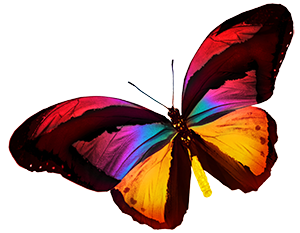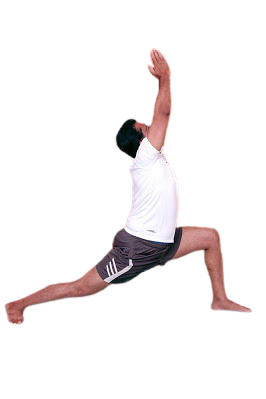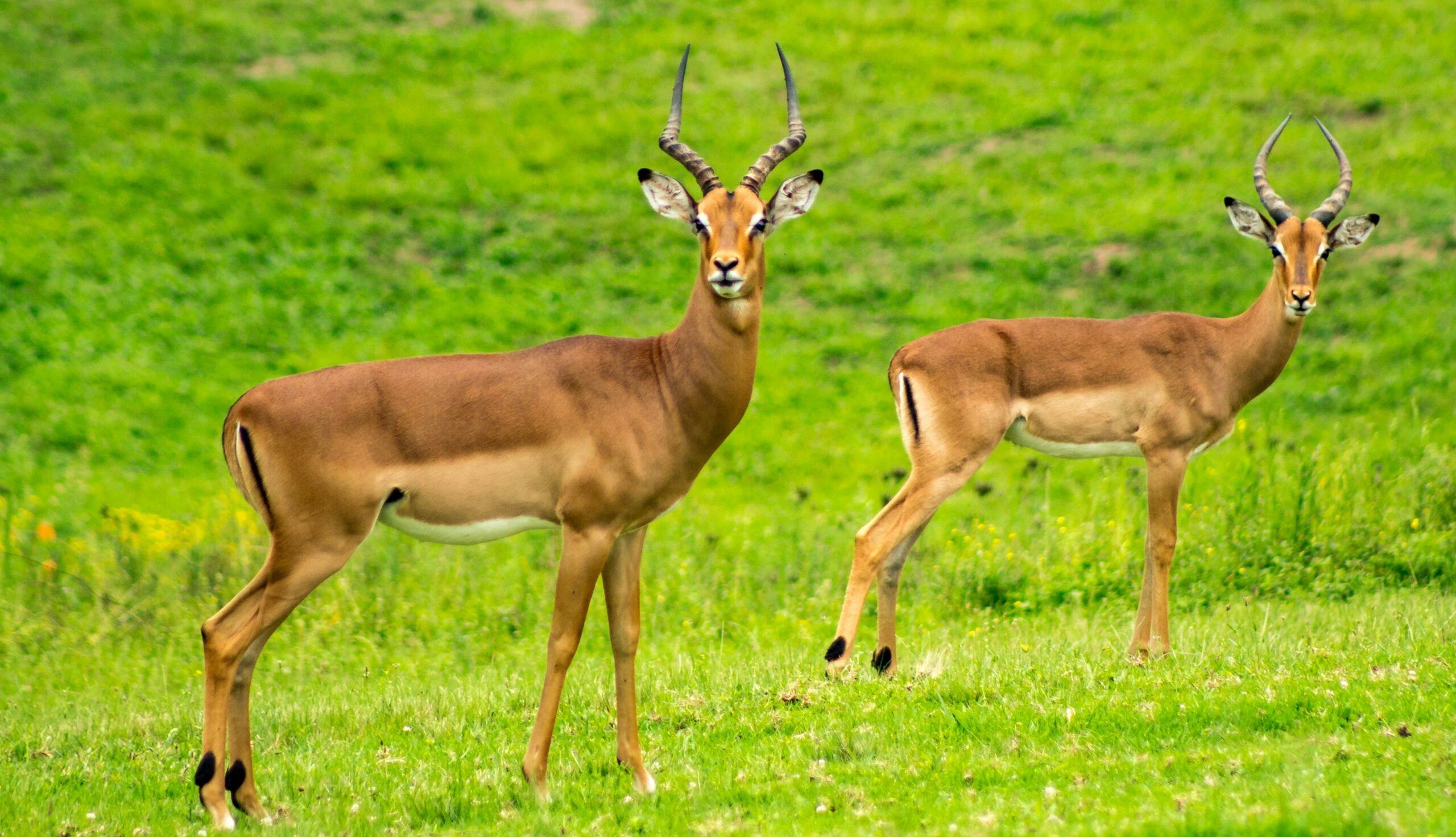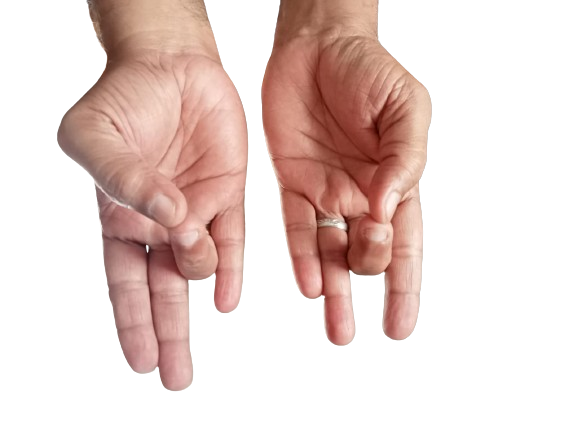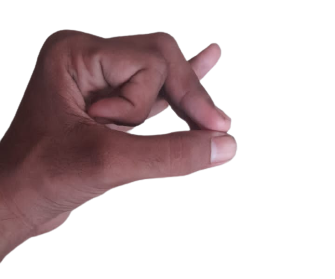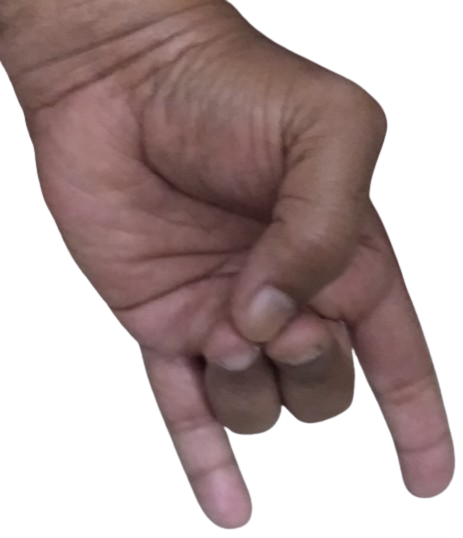There are three types of Warrior Pose. Today's asana will be Warrior Pose 1. The pose is called Virabhadrasana in Sanskrit. 'Vira' in Sanskrit means 'warrior', and 'bhadra' means 'auspicious' and 'companion'. That is, a warrior who is also a a supportive companion.
Warrior Pose 1 energizes the whole body. The post stimulates muladhara, svadhittana and manipura chakras. Regular practice of Warrior Pose 1 improves stability in body and mind.
Other Benefits of Warrior Pose 1
- Strengthens lungs and cures respiratory conditions
- Improves blood circulation
- Strengthens shoulders and hands
- Stretches the body from fingers to ankles
- Improves concentration
- It strengthens legs.
- The pose helps to relieve sciatic pain.
- Neck pain gets relieved.
- Strengthens back muscles; relieves back pain
Instructions
- Assume Mountain Pose.
- Exhale as you place your feet about four feet apart from each other.
- With inhalation, raise your hands to the sides. Exhale as you raise your hands over your head and place the palms together keeping the hands straight.
- Turn your right foot towards your right at an angle of 90 degrees.
- Turn your left leg slightly towards your left. The heels should be aligned.
- Exhale as you turn the upper part of your body towards your right. Inhale.
- With exhalation bend your right knee. Your right knee should be aligned with your right foot and the thigh should be parallel to the floor.
- Look straight. You can also slightly arch your back, raise your chin and look at the palms.
- Hold the pose for 30 seconds.
- Release the pose and repeat the same with the other leg.
Note
Those with heart conditions should refrain from practicing the pose. Those with high blood pressure can perform Warrior Pose 1 with hands on the hips.
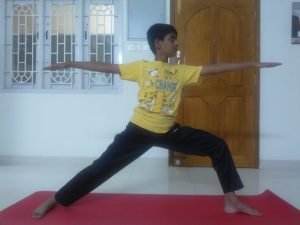
Yoga Pose for Day 72 - Warrior Pose 2 (Virabhadrasana 2)
Yesterday's pose was about Warrior Pose 1. Today, we will cover the benefits and how-to-do of Warrior Pose 2. As mentioned yesterday, 'vira' in Sanskrt means 'warrior' and 'bhadra' means 'auspicious' and 'companion'...
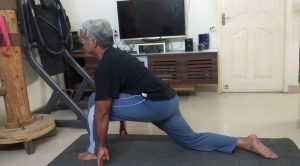
Yoga Pose for Day 70 - Equestrian Pose (Ashva Sanchalanasana)
Equestrian Pose forms a part of Sun Salutation sequence. It is performed as the fourth and ninth pose in the sequence.
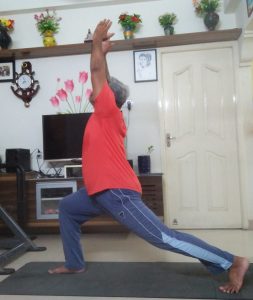
Yoga Pose for Day 69 - High Lunge Pose / Crescent High Lunge Pose (Ashta Chandrasana)
High Lunge Pose is called as Ashta Chandrasana in Sankrit. 'Ashta' means 'eight' and 'chandra' means 'moon'. The pose stimulates
